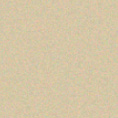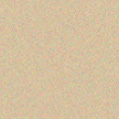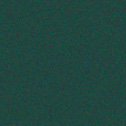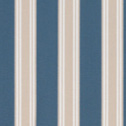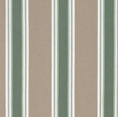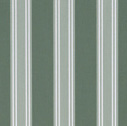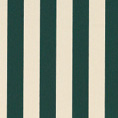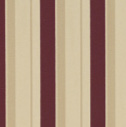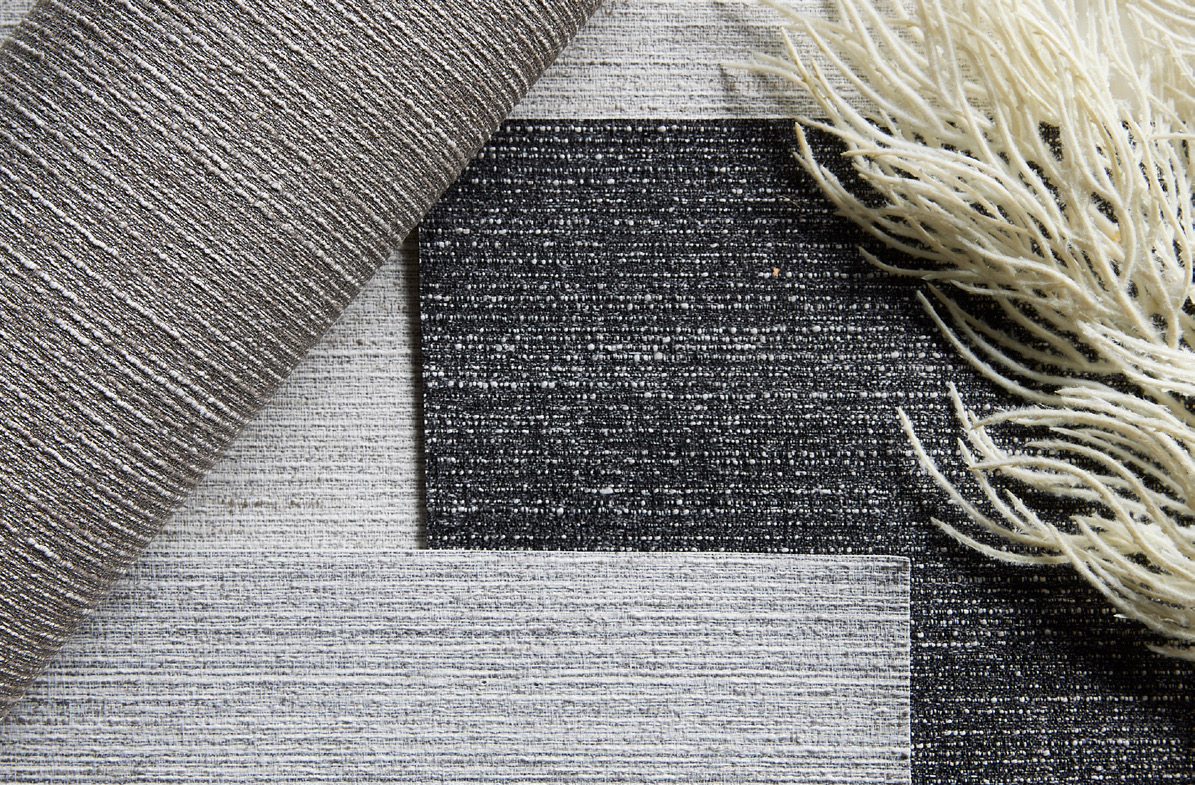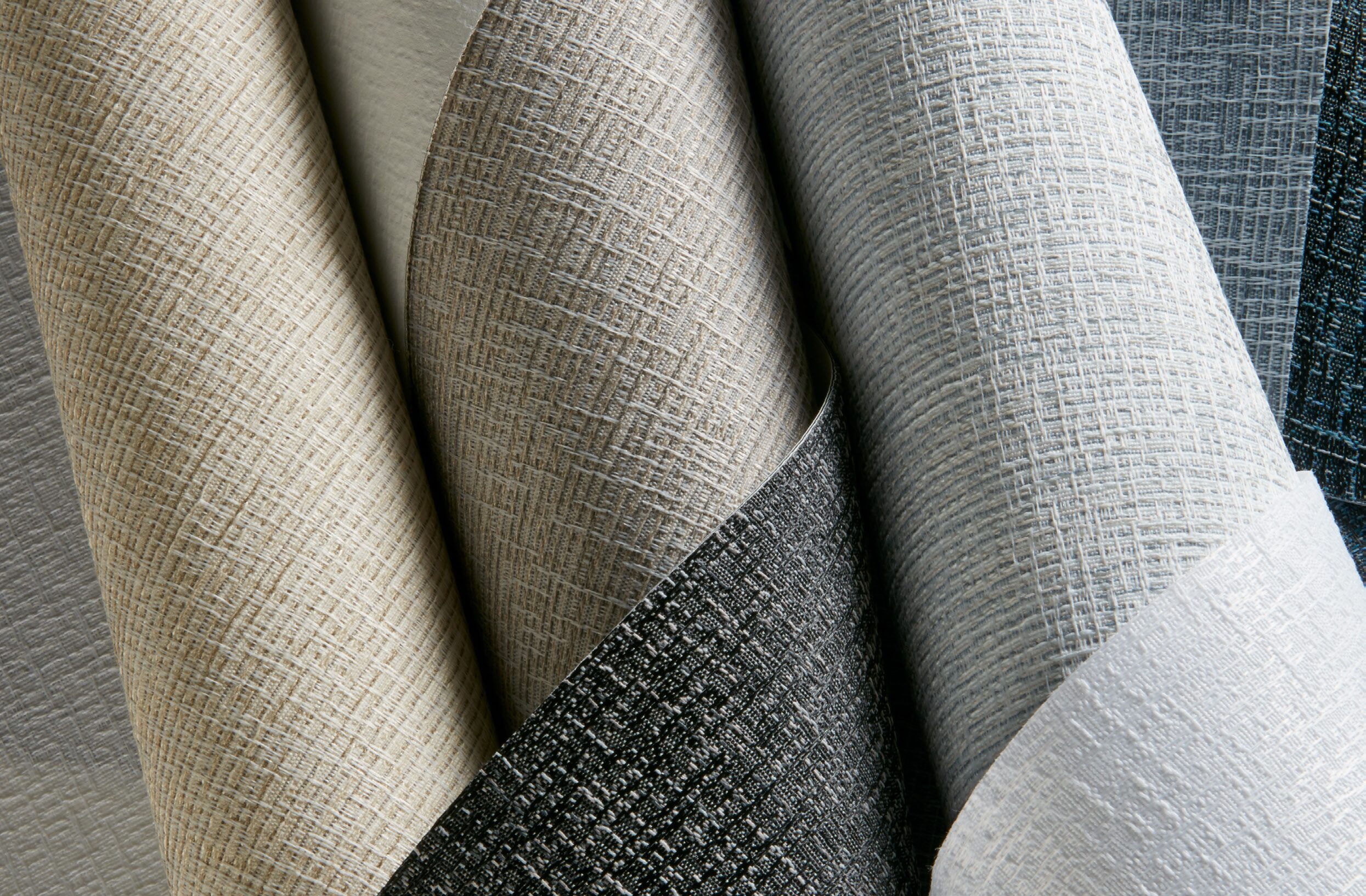Technical Information
| Canvas | |
|---|---|
| Composition | Plain woven, 52% Polyester and 48% Cotton fabric |
| Tickness | 0.67 mm ± 10% |
| Cutting | Ultrasonic, Knife Cut, Crush or Pressure Cu |
| Colourfastness | 6-7 Blue Scale (AS2001.4.21) |
| Features | Fade Resistance Designed & tested for Australian conditions & colour fastness standards. Australian Made Proudly made in Australia, supporting local textiles & ensuring a high quality standard every time. Timeless Palette Timeless colour palette inspired by current Australian home exterior trends. Mildew Resistant Treated with antimicrobial protection reducing the development of bacteria & mildew |
| Fire Retardancy Information for NON FR Products^: | Fire Retardancy Information for NON FR Products^ Suitable for all building classes except Class 9(b) entertainment venues. A summary of BCA requirements can be provided on request |
| Care & Cleaning | 1. Avoid rolling up the fabric awning when wet. Roll up style awnings should be retracted in rain or storm conditions. If rolled up wet, the awning should be extended and allowed to dry once the weather clears. Failure to take this action will encourage algae, mildew or other fungal growth, that will not be covered under your product warranty. 2. Avoid pools of water laying on the fabric or leaving the awning extended in the rain, as failure to do so will accelerate some leaching of chemicals, reducing mould and mildew resistance. 3. Do not allow dirt, dust, grime, leaf litter and bird matter to remain on the fabric (as this provides a perfect medium for bacteria to proliferate). Cleaning should be carried out by light sponging with warm water and a mild natural soap. Rinse thoroughly to remove soap. Do not scrub the fabric. Hosing the fabric occasionally on a hot day is also beneficial to the appearance of the fabric as it removes dust and grime and minimises the development of algae, mildew or other fungal growth. Do not use soap powder, concentrated soaps or detergents, nor cleaning fluids. Keep insecticides, solvents and fuels away from the awning. 4. All fabrics should be re-coated with a water repellent treatment annually. 5. Occasionally extend the awning fully down to even out the material, particularly if the awning is usually set in one position. 6. Should mildew spots develop on the fabric, there are numerous products available at outdoor/ camping stores that can be used. Mildew removers are primarily bleach-based and manufacturer’s instructions must be followed. In applying these products the following general tips are given: (a) Treat the awning in situ ie. As it sits fully rolled down. (b) Apply the solution to the fabric liberally (a squeezy sponge mop is ideal). Care should be taken to protect gardens from the solution run off, which will kill plants it comes in contact with. (c) A second application of mildew remover may be applied if desired. However, obstinate mildew stains may remain. (d) ALWAYS follow steps (a), (b) and (c) with a water proofing application. 7. Hunter Douglas Canvas is a product, which contains cotton. The presence of cotton knots is to be expected due to the nature of the material. In tropical Australian weather conditions some shrinkage over time is normal. 8. Hunter Douglas Canvas is tested for mould and mildew, which are forms of growth (ie. Living organisms). There are millions of types of these growths but the following key facts are the principal points to remember: (a) Australian Standards require we test for the four most common types. These constitute 99% of known common organisms. (b) Hunter Douglas tests for the 10 most common types which account for 99.99% of the known types of organisms |


